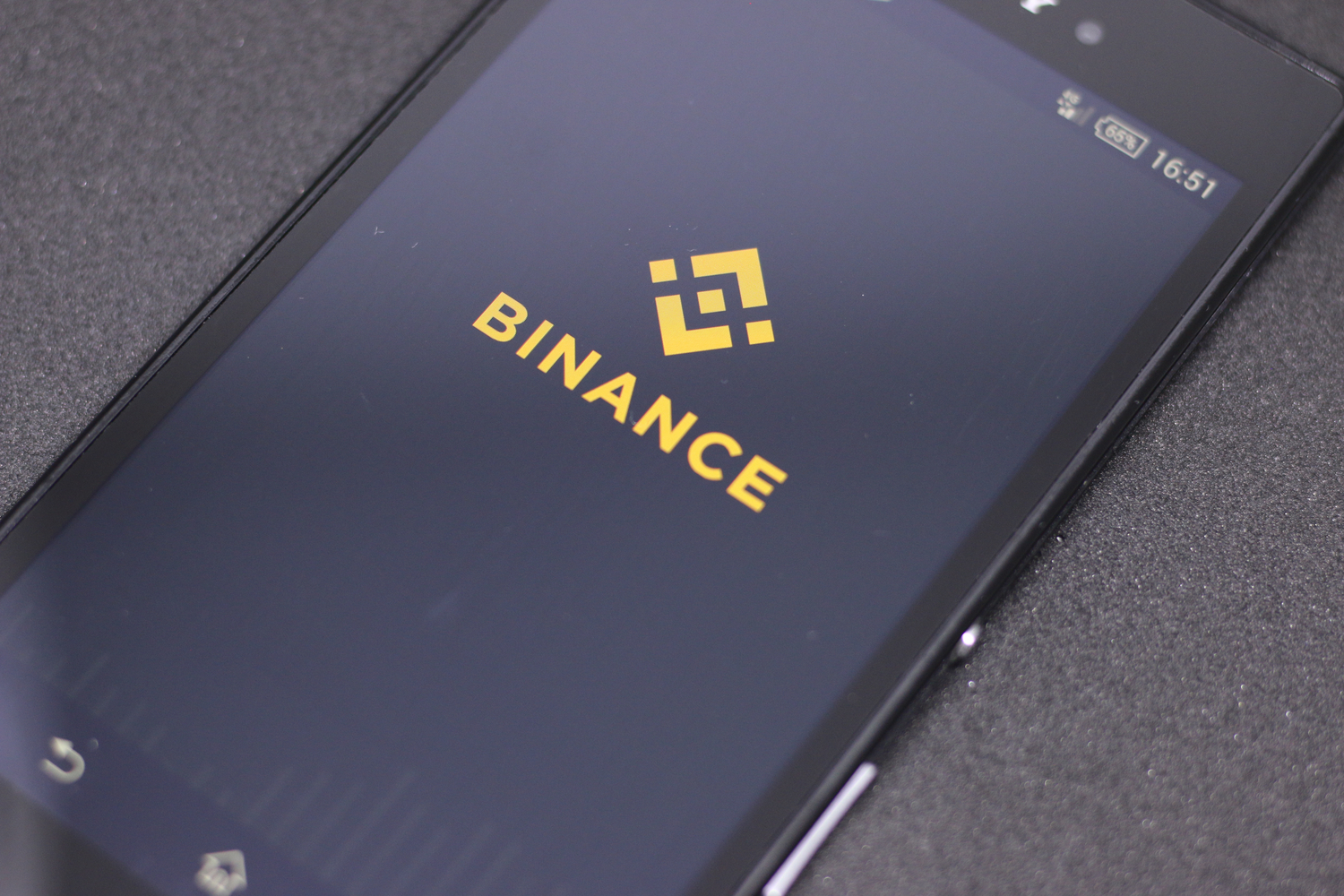Thanks to Better UX, This Year Dapps Will Go Mainstream
This post is part of CoinDesk’s 2019 Year in Review, a collection of 100 op-eds, interviews and takes on the state of blockchain and the world. Jason Goldberg is founder of OST, which powers the ethereum application layer, and Pepo, an app where people share videos for tokens.
As recently as a year ago, even the most ardent blockchain proponents had to concede the user experience was too clunky for any app using cryptocurrency to make it in the mainstream. After all, who could imagine users accustomed to smooth on-boarding and participation on apps like Instagram, tolerating having to write down 12 words to secure a wallet or operate a second browser window or another app to “sign” transactions. Can you imagine asking Instagram users to make sure they have enough ETH in their ‘Insta-wallets’ to pay gas on each transaction?
Thankfully, 2019 will be remembered for technical innovations that enabled dapps to start to feel like apps. The foundation is laid, and blockchain is finally ready for primetime. 2020 will be the year we begin to see mainstream adoption of crypto-powered apps.
It’s all about solving real problems for real people. Until now, crypto has sometimes felt like an elegant solution in search of a problem – a blueprint for a far-out, visionary utopia. While thinking big is admirable, new technologies must first identify real problems and offer solutions people can use. Most people don’t wake up in the morning thinking in bold strokes about decentralized finance; they worry about how they’re going to pay the bills, live, learn, experience, and laugh. It’s these people and use cases that crypto must, and will, address.
The failure so far of crypto projects to gain broad-based user adoption comes down to the fact that, until now, the tech and the user experience have not been ready. But quietly, developers and founders have been building the infrastructure layers for crypto apps to break out.
This parallels previous technology cycles, to which I’ve had a front-row seat. I started at AOL in the late-90s before founding a series a “web 2” companies. It usually takes a few years for technology to catch up to vision. YouTube would have been impossible in 1997 because broadband didn’t exist. Social media could not have taken off in 2000 because there weren’t enough people online to create robust connections, and the smartphone was not yet invented. In each of these cases, technology, user experience, and adoption needed to reach a certain inflection point before a new vision could really catch fire.
Blockchain is now at exactly this type of inflection point, turning the corner from an exciting concept into real-world solutions for millions of people. Ironically, it’s when people are most disillusioned that builders break through, and that’s what happened in crypto in 2019. The builders and makers have prepared the infrastructure. And now the tech is ready to offer products that genuinely address a need – that make life easier, better, or just more fun for people.
A year ago, many projects would have run aground because crypto couldn’t deliver a seamless user experience. Onerous requirements around account recovery, transaction signing, and gas payments limited adoption to the “crypto-native.” But this year has seen technical breakthroughs that finally make crypto capable of delivering the user experience necessary to appeal to a broad audience. Smart contract wallets give users self-custody of their assets without requiring them to write down 12 words and store them on a piece of paper. Now, all they need to initiate account recovery is a 6-digit pin. An account that cannot be recovered is no better than one where money has actually been stolen, so this is a huge improvement in account security. Plus, the improved user experience brings crypto into line with something as mainstream as an ATM.
For the first time, we can offer dapps with beautiful, blazing-fast UX.
User experience is further strengthened through meta-transactions, which can be programmed to remove the need for users to pay for gas each time they move tokens. And multi-signature, or “multisig,” contracts have led to innovations like session keys, which remove the need for users to sign every transaction. These two breakthroughs combine to make the experience of using an Ethereum-based app far smoother. With the crypto machinery running silently and smoothly in the background, for the first time we can offer dapps with beautiful, blazing-fast UX.
Platforms such as Gnosis and Argent are now leveraging these capabilities to deliver tangible benefits to users across a range of use cases, including digital ID, finance, and custody.
Following three years of working deep in the infrastructure layer of the Ethereum stack, I’ve spent the past year building out Pepo, an Ethereum-based dapp that feels just like an app. In Pepo, every tap of the “like” button transfers a token – giving a whole new meaning and value to likes. Suddenly, content creators can be instantly rewarded by their fans and earn real money for their creations, without any middlemen. Social networks such as Facebook may have popularized the concept of “likes.” But only a blockchain-powered app can add cryptocurrency, decentralize peer-to-peer payments, and monetize the experience with its capacity of micro-transactions.
Crypto serves a clear additive purpose for apps like Pepo. Providing content creators with tokens instead of just “likes” establishes a clearer rewards structure within the app, It is also designed to serve a curating function, as users are less likely to send tokens to creators of content that doesn’t truly appeal to them. Pepo was approved by Apple for in-app purchases and cash-out options, a precedent that is essential for the mainstream adoption of crypto-powered apps.
Other projects will come to market in 2020 showing how crypto can power a new generation of technical solutions. Particular areas to watch are direct-to-consumer retail, the sharing economy, media platforms, multiplayer games, influencer marketing, and asset management. The crypto apps that launch in 2020 will show that tokens can have real utility; that there are use-cases where crypto really does offer the best possible solution; and that we can create a superb user experience that is made better, not just bearable, by blockchain technology. That’s why 2020 will be the year crypto finally breaks out.
Disclosure Read More
The leader in blockchain news, CoinDesk is a media outlet that strives for the highest journalistic standards and abides by a strict set of editorial policies. CoinDesk is an independent operating subsidiary of Digital Currency Group, which invests in cryptocurrencies and blockchain startups.









